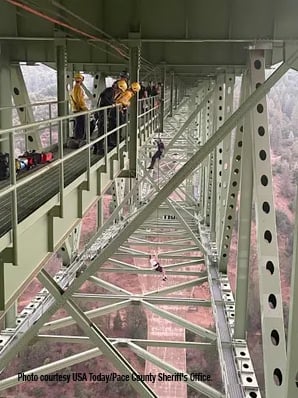CALL FOR INSPECTION FOR THE ASTRO AND CANYON GUIDE HARNESSES
This morning, Petzl issued a Call for Inspection on certain models of their Astro and Canyon-Guide harnesses. If your equipment cache includes either of these harnesses, follow this link to determine if you are impacted and how to proceed.
If you need assistance with inspecting your harnesses, Roco Rescue will be happy to help, please call 800-647-7626.
Always remember to inspect your gear before each use. Stay safe!


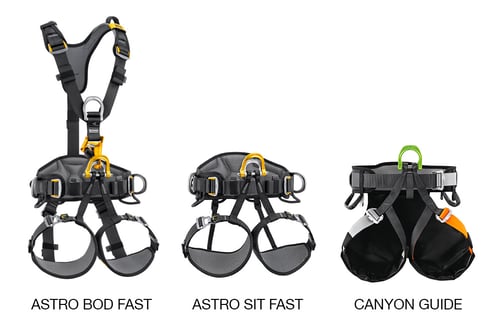
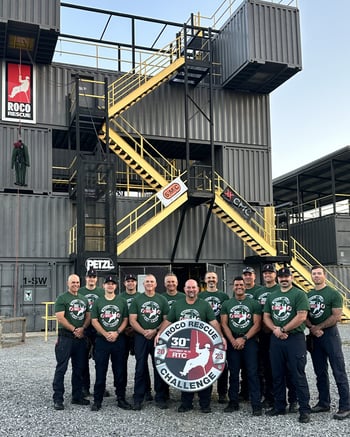
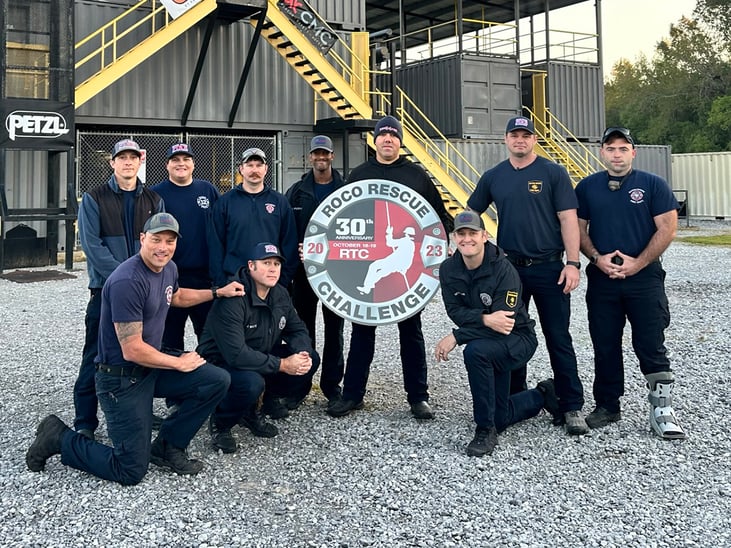
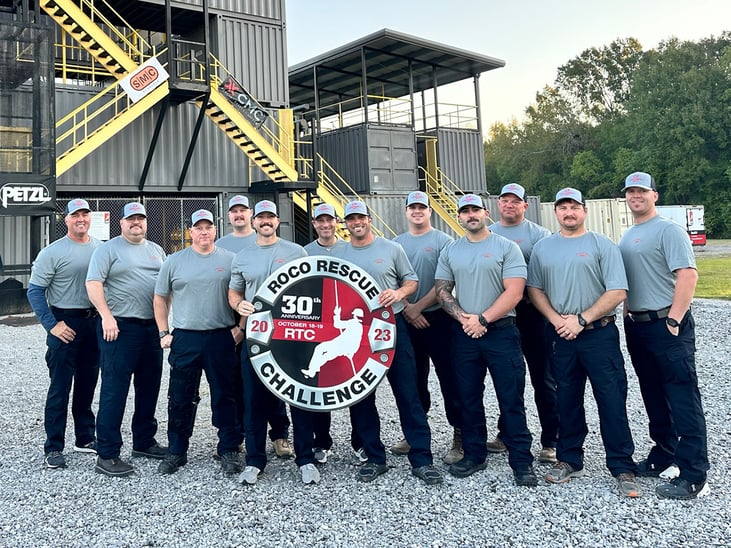
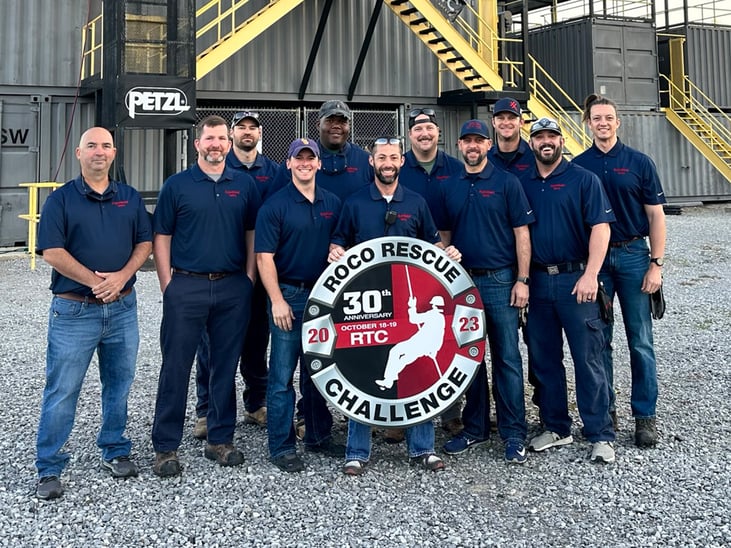
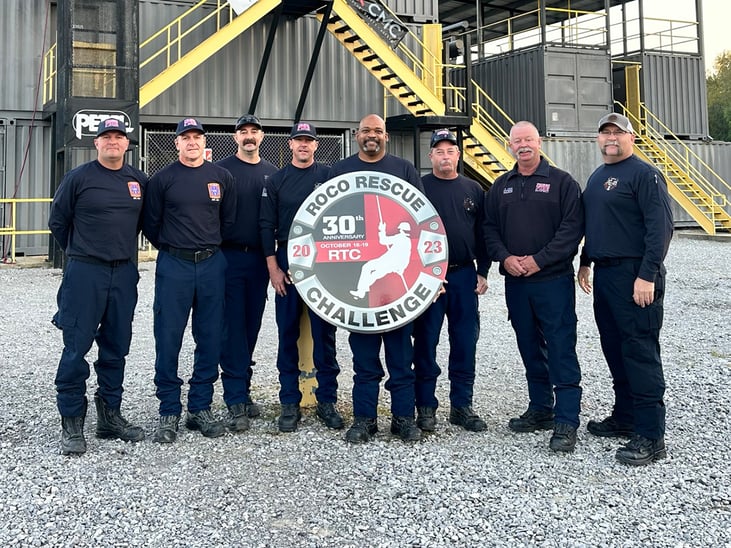
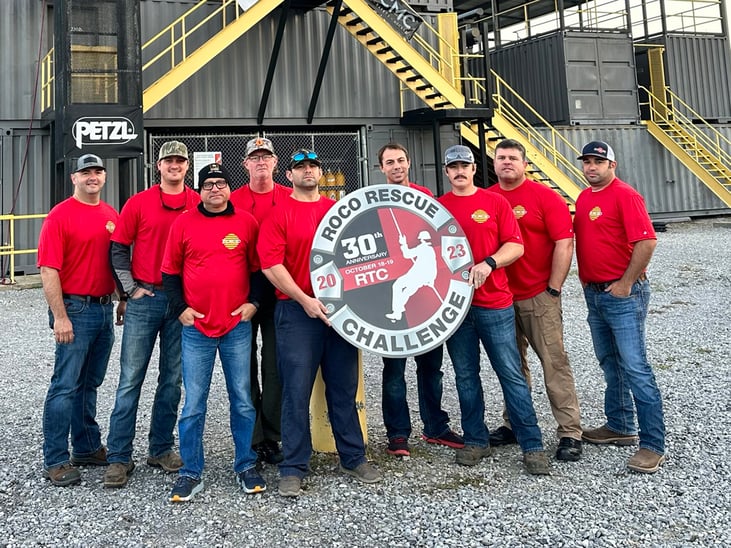

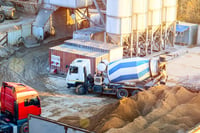 CANTONMENT, FL
CANTONMENT, FL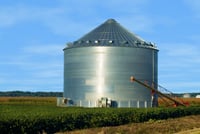 COLQUITT, GA
COLQUITT, GA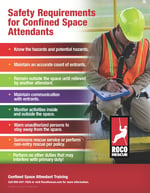
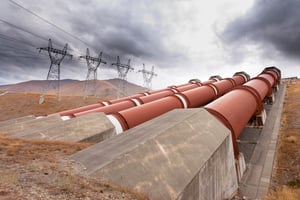 The term “penstock” is one you will hear if you work in the Energy Sector or occasionally in Emergency Response. Those working in the Energy Sector generally have a strong grasp of the term and what it entails. If you work in Emergency Response, can you say the same?
The term “penstock” is one you will hear if you work in the Energy Sector or occasionally in Emergency Response. Those working in the Energy Sector generally have a strong grasp of the term and what it entails. If you work in Emergency Response, can you say the same?